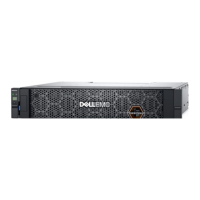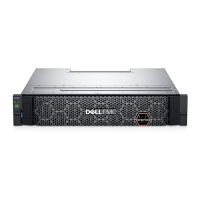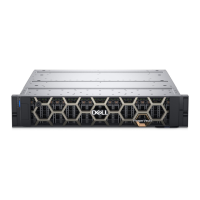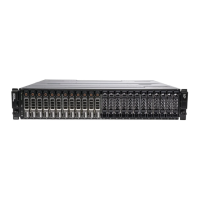Table 21. Troubleshooting 2U alarm conditions (continued)
Status Severity Alarm
Enclosure configuration error (VPD) Fault – critical S1
Low warning temperature alert Warning S1
High warning temperature alert Warning S1
Over-temperature alarm Fault – critical S4
I
2
C bus failure Fault – loss of redundancy S1
Ops panel communication error (I
2
C) Fault – critical S1
RAID error Fault – critical S1
SBB interface module fault Fault – critical S1
SBB interface module removed Warning None
Drive power control fault Warning – no loss of disk power S1
Drive power control fault Fault – critical – loss of disk power S1
Drive removed Warning None
Insufficient power available Warning None
PCM faults
Table 22. PCM recommended actions
Symptom Cause Recommended action
Ops panel Module Fault LED is amber Any power fault Verify AC mains connections to PCM are live
Fan Fail LED is illuminated on PCM Fan failure Replace PCM
Thermal monitoring and control
The storage enclosure system uses extensive thermal monitoring and takes a number of actions to ensure component
temperatures are kept low, and to also minimize acoustic noise. Air flow is from the front to the back of the enclosure.
Table 23. Thermal monitoring recommended actions
Symptom Cause Recommended action
If the ambient air is
below 25ºC (77ºF), and
the fans are observed to
increase in speed, then some
restriction on airflow may
be causing additional internal
temperature rise.
NOTE: This is not a fault
condition.
The first stage in the thermal
control process is for the fans
to automatically increase in speed
when a thermal threshold is
reached. This may be caused by
higher ambient temperatures in the
local environment, and may be
perfectly normal.
NOTE: This threshold changes
according to the number of
disks and power supplies
installed.
1. Check the installation for any airflow restrictions at
either the front or back of the enclosure. A minimum
gap of 25 mm (1") at the front and 50 mm (2") at the
rear is recommended.
2. Check for restrictions due to dust build-up. Clean as
appropriate.
3. Check for excessive re-circulation of heated air from
rear to front. Use of the enclosure in a fully enclosed
rack is not recommended.
4. Verify that all blank modules are in place.
5. Reduce the ambient temperature.
38 Troubleshooting and problem solving

